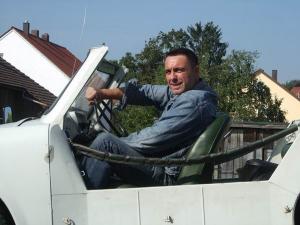What’s New
5 March 2010
ITER news digest for the period of 5 March 2010 to 5 March 2010.
In the media
Physics World
New Scientist
The Electricity Forum










